About this WINE

Chateau Rol Valentin
Château Rol Valentin is one of the new breed of garagiste wines that have emerged in St-Emilion in the last 10 years. These wines are made in minuscule quantities and are usually very deeply coloured, intensely concentrated, and packed with superripe fruit with strong hints of new wood.
Rol Valentin has just 5 hectares of vineyards located on the north-western part of the plateau of St-Emilion. Its vineyards are planted with 90% Merlot, 5% Cabernet Franc and 5% Cabernet Sauvignon.
Rol Valentin's grapes are hand harvested and are then fermented in temperature-controlled, wooden tanks. The wine is then aged in 100% new oak barrels for 18 months before being lightly fined (but not filtered) and then bottled. Rol Valentin's wines are typically opaque in colour in youth and exude aromas of ultra-ripe blackcurrants, liquorice and wild herbs, leading on to an expansive palate displaying rich, creamy, black and red fruits buttressed by silky smooth and almost seamless tannins.

St Émilion
St Émilion is one of Bordeaux's largest producing appellations, producing more wine than Listrac, Moulis, St Estèphe, Pauillac, St Julien and Margaux put together. St Emilion has been producing wine for longer than the Médoc but its lack of accessibility to Bordeaux's port and market-restricted exports to mainland Europe meant the region initially did not enjoy the commercial success that funded the great châteaux of the Left Bank.
St Émilion itself is the prettiest of Bordeaux's wine towns, perched on top of the steep limestone slopes upon which many of the region's finest vineyards are situated. However, more than half of the appellation's vineyards lie on the plain between the town and the Dordogne River on sandy, alluvial soils with a sprinkling of gravel.
Further diversity is added by a small, complex gravel bed to the north-east of the region on the border with Pomerol. Atypically for St Émilion, this allows Cabernet Franc and, to a lesser extent, Cabernet Sauvignon to prosper and defines the personality of the great wines such as Ch. Cheval Blanc.
In the early 1990s there was an explosion of experimentation and evolution, leading to the rise of the garagistes, producers of deeply-concentrated wines made in very small quantities and offered at high prices. The appellation is also surrounded by four satellite appellations, Montagne, Lussac, Puisseguin and St. Georges, which enjoy a family similarity but not the complexity of the best wines.
St Émilion was first officially classified in 1954, and is the most meritocratic classification system in Bordeaux, as it is regularly amended. The most recent revision of the classification was in 2012

Merlot
The most widely planted grape in Bordeaux and a grape that has been on a relentless expansion drive throughout the world in the last decade. Merlot is adaptable to most soils and is relatively simple to cultivate. It is a vigorous naturally high yielding grape that requires savage pruning - over-cropped Merlot-based wines are dilute and bland. It is also vital to pick at optimum ripeness as Merlot can quickly lose its varietal characteristics if harvested overripe.
In St.Emilion and Pomerol it withstands the moist clay rich soils far better than Cabernet grapes, and at it best produces opulently rich, plummy clarets with succulent fruitcake-like nuances. Le Pin, Pétrus and Clinet are examples of hedonistically rich Merlot wines at their very best. It also plays a key supporting role in filling out the middle palate of the Cabernet-dominated wines of the Médoc and Graves.
Merlot is now grown in virtually all wine growing countries and is particularly successful in California, Chile and Northern Italy.



Buying options
Add to wishlist
Description
A deep, inky, red-mahogany colour. Rich, succulent and striking on the nose with blackcurrant fruit and notes of graphite. A dense yet expressive and balanced palate reveals broad, sexy notes of vanilla, black cherry jam, dried herbs and sweet currants. Delicious.
wine at a glance
Delivery and quality guarantee